Crash testing popular MagSafe car vent mounts for iPhone 12 and iPhone 13
Now that both the iPhone 12 lineup and the newly-released iPhone 13 lineup support MagSafe, in-car mounts using the technology have risen in popularity. We took four of the most popular ones and subjected them to an impact test to see which ones held our phones safe.
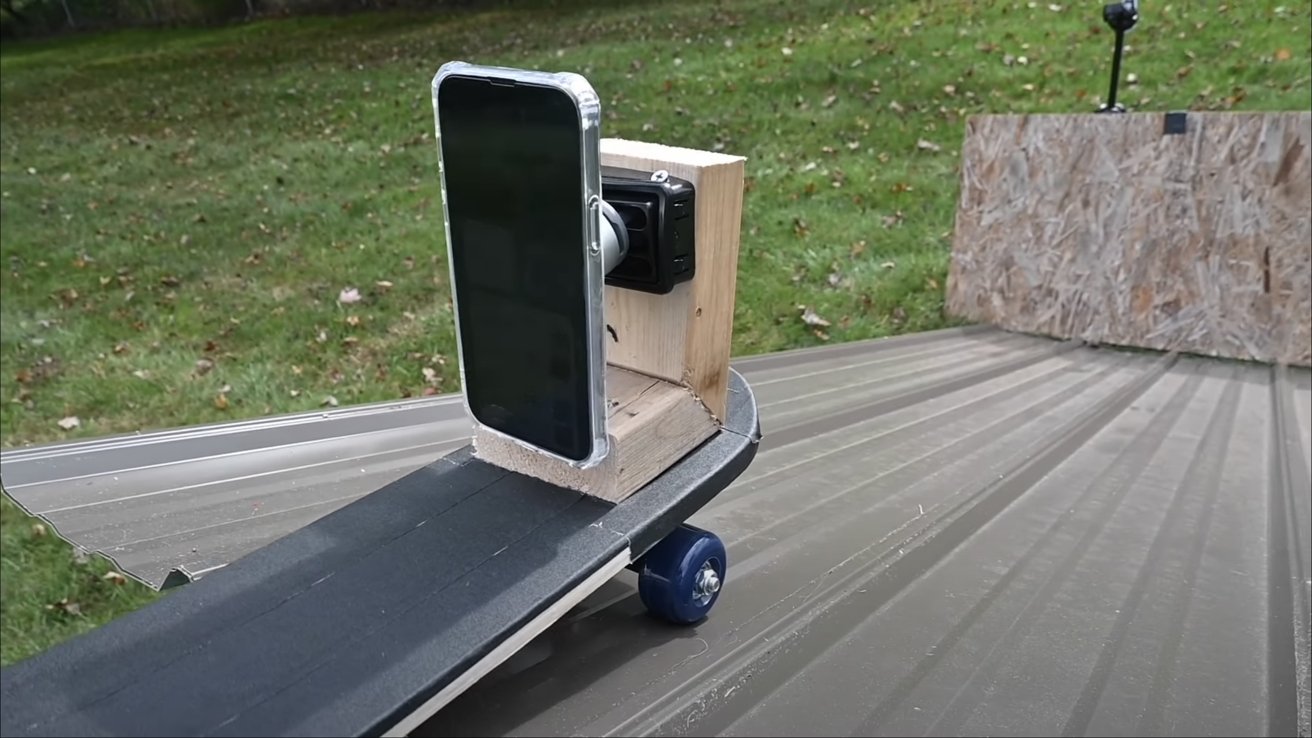
Testing popular MagSafe vent mounts
When editor Mike Wuerthele was in a relatively low-speed crash, his iPhone 11 in a MagSafe case designed to add the feature to the older device sprung free. Given that failure, we decided to test the feature with iPhones that have full MagSafe support, with a series of dashboard MagSafe adapters that clip onto a vent.
For this test, we simulated a low-speed car crash to demonstrate how securely the mounts magnetically hold our iPhone over bumps, hard stops, and minor impacts.
To run our test, we needed two components.
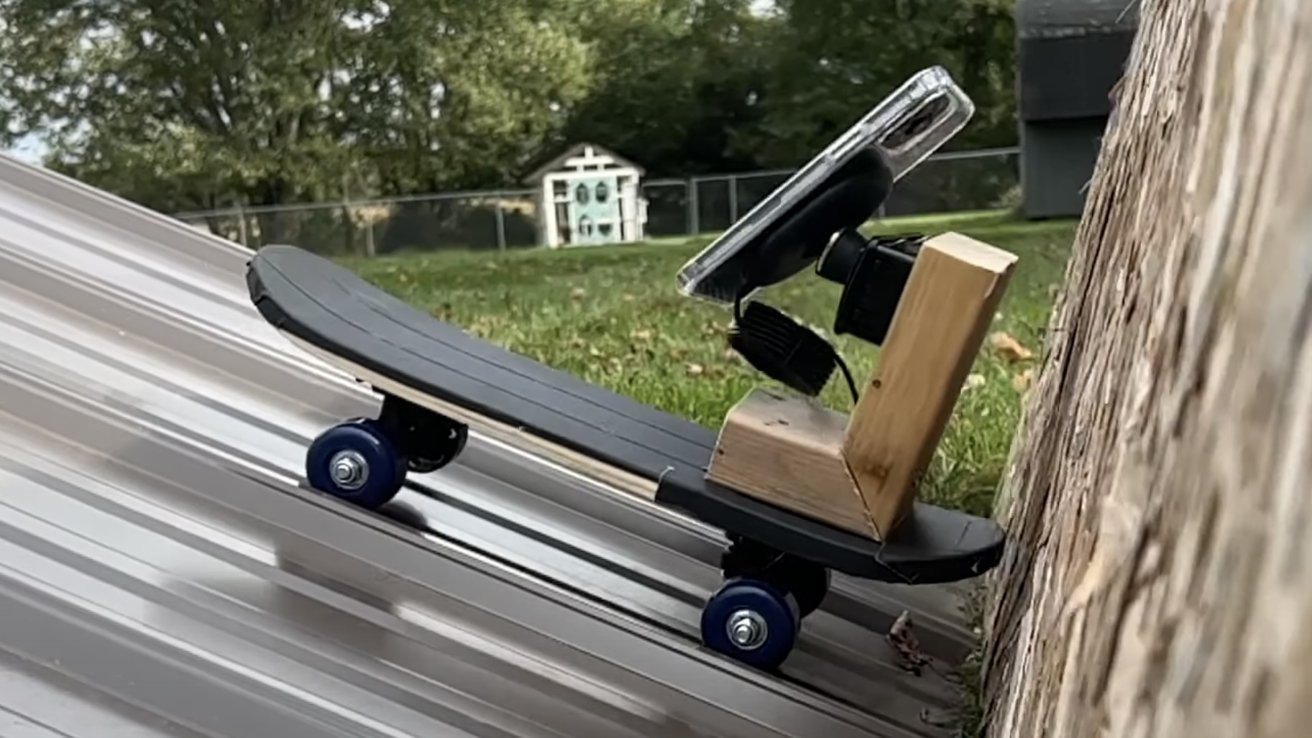
Our MagSafe vent mount rig
We had to first create a rig that would hold our car vent mounts that we could run down a ramp at controlled speeds. To accomplish this, we attached a replacement car air vent to two pieces of wood that we mounted to a miniature skateboard. It needed to be strong itself to withstand the expected impacts.
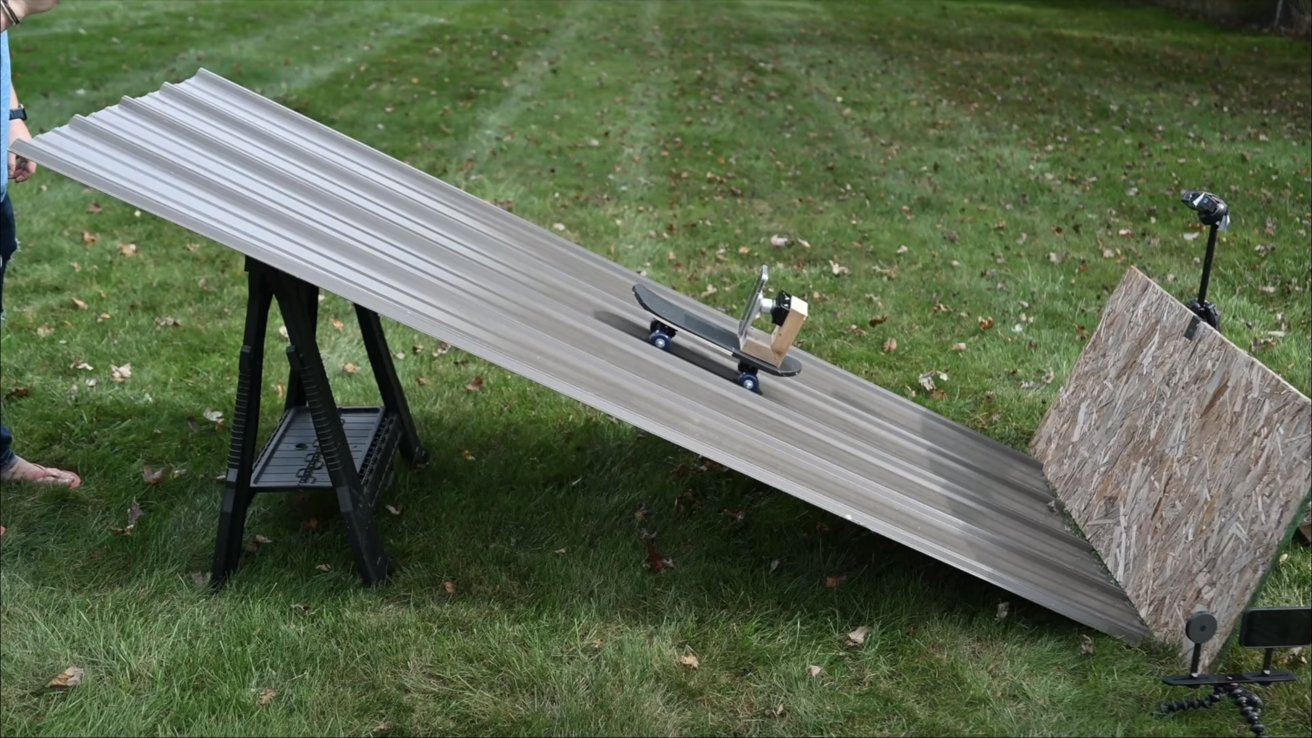
Our testing ramp
Our ramp was made from a sheet of metal roofing. Its ridges provided a straight track for our rig so that it would roll down the ramp without veering over an edge or swerving too much side-to-side. It was elevated into the air for a final height of around three feet, giving it an incline of roughly 16 degrees.
The crash stop was a piece of reinforced plywood. It was set perpendicular to the ramp and held in place by sand.
Combining all the information about the assembly, including height, ramp length, ramp angle, and the rig's weight, an approximation of the final velocity at the point of impact can be calculated.
Given the existing setup, the iPhone 13 Pro Max on each of the MagSafe-compatible mounts came to a sudden stop at just under 10 miles per hour.
Our iPhone 13 Pro Max was ensconced in a MagSafe case and had a glass screen protector applied. We also covered the rough grip tape of the skateboard with softer gaff tape.
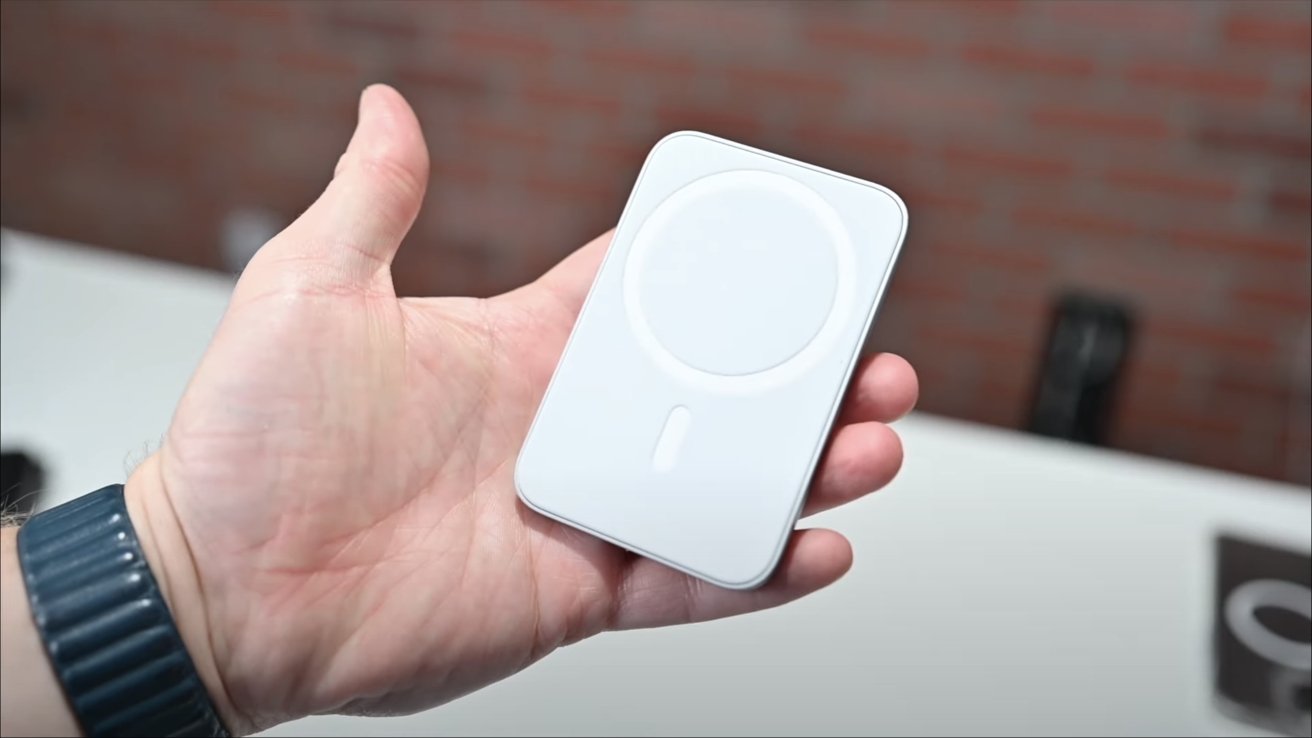
Belkin Vent Mount Pro
Belkin's Vent Mount Pro is the only Apple-certified MagSafe car mount. It uses Apple's own MagSafe component, unlike others that had to clone their own magnetic attachment point.
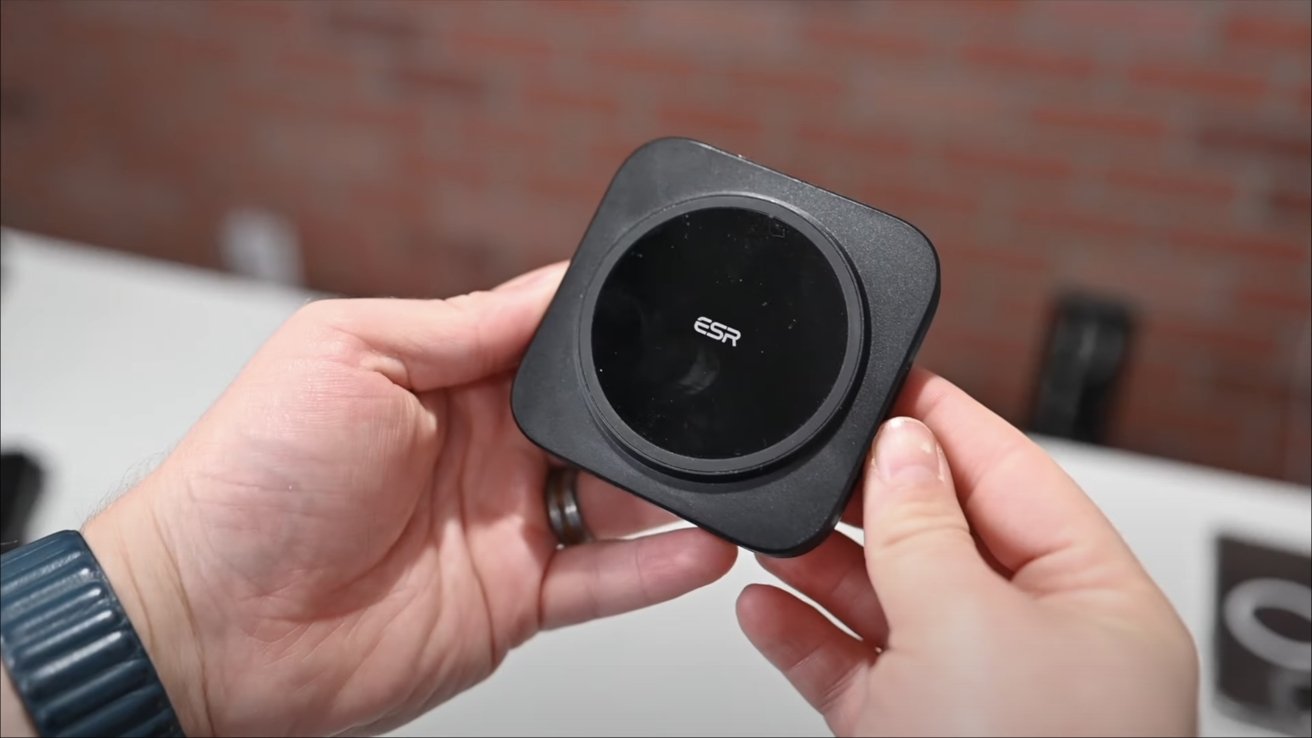
ESR HaloLock
The ESR HaloLock car mount was included in the roundup. This one has an additional arm under it that helps steady the entire mount, clipped to the air vent. It also has a built-in Qi wireless charger to power your phone up while you are driving and running wireless CarPlay.
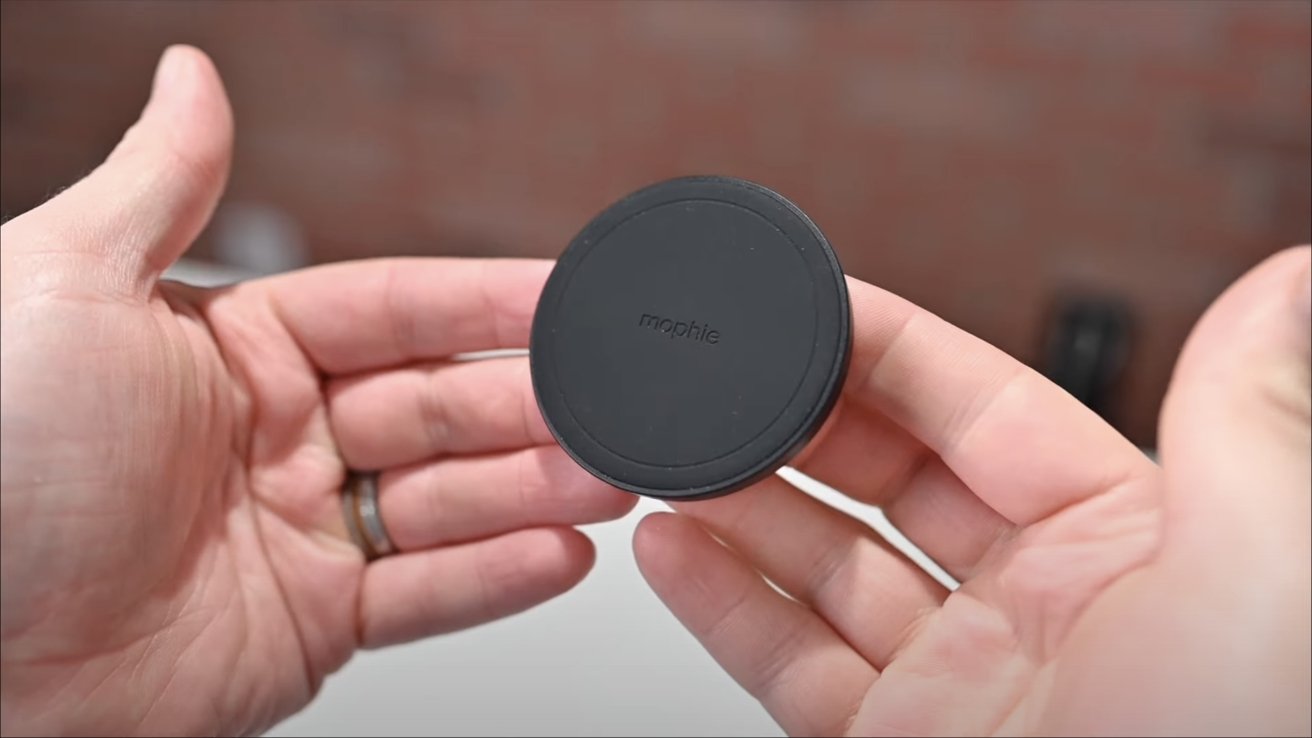
Mophie Snap mount
Mophie's Snap vent mount was tested which works not only with MagSafe phones but any phone using the company's Snap Adapter as well.
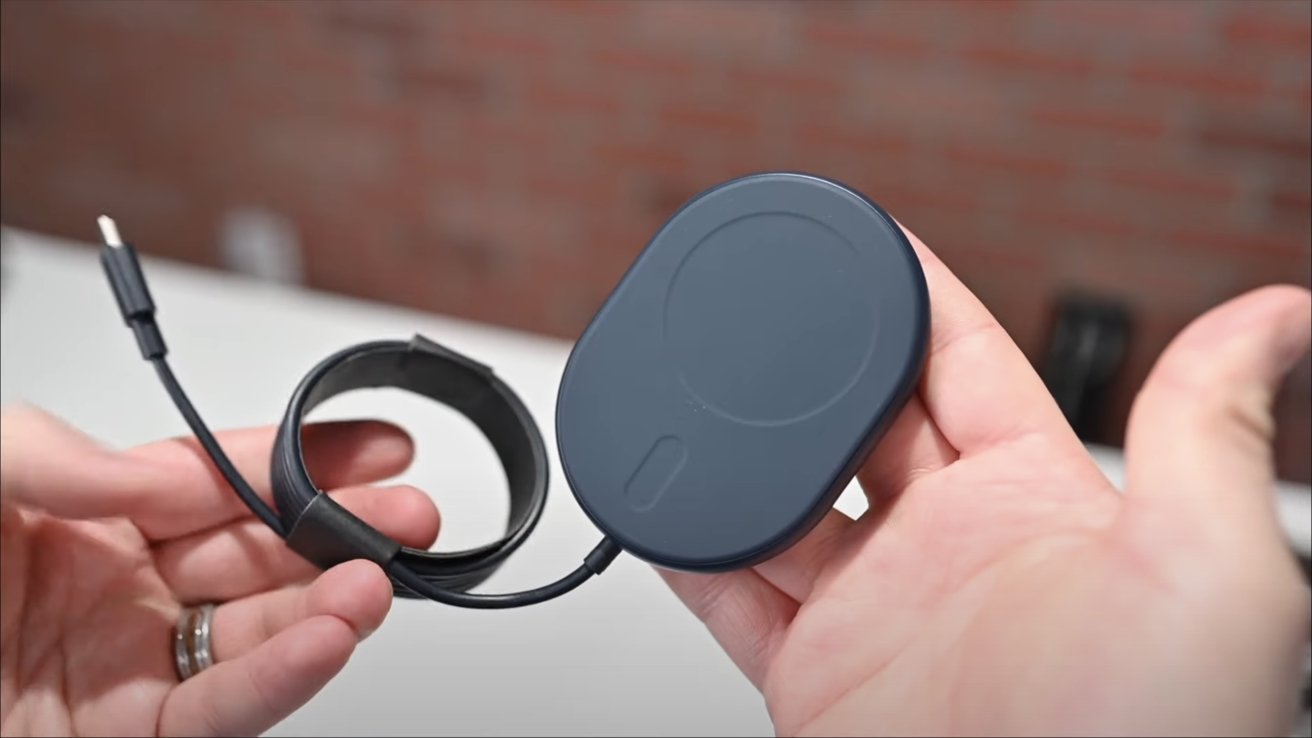
The iOttie Velox
Finally, there is the latest iOttie Velox air vent mount. This one too can charge your phone via the non-removable USB-C cable.
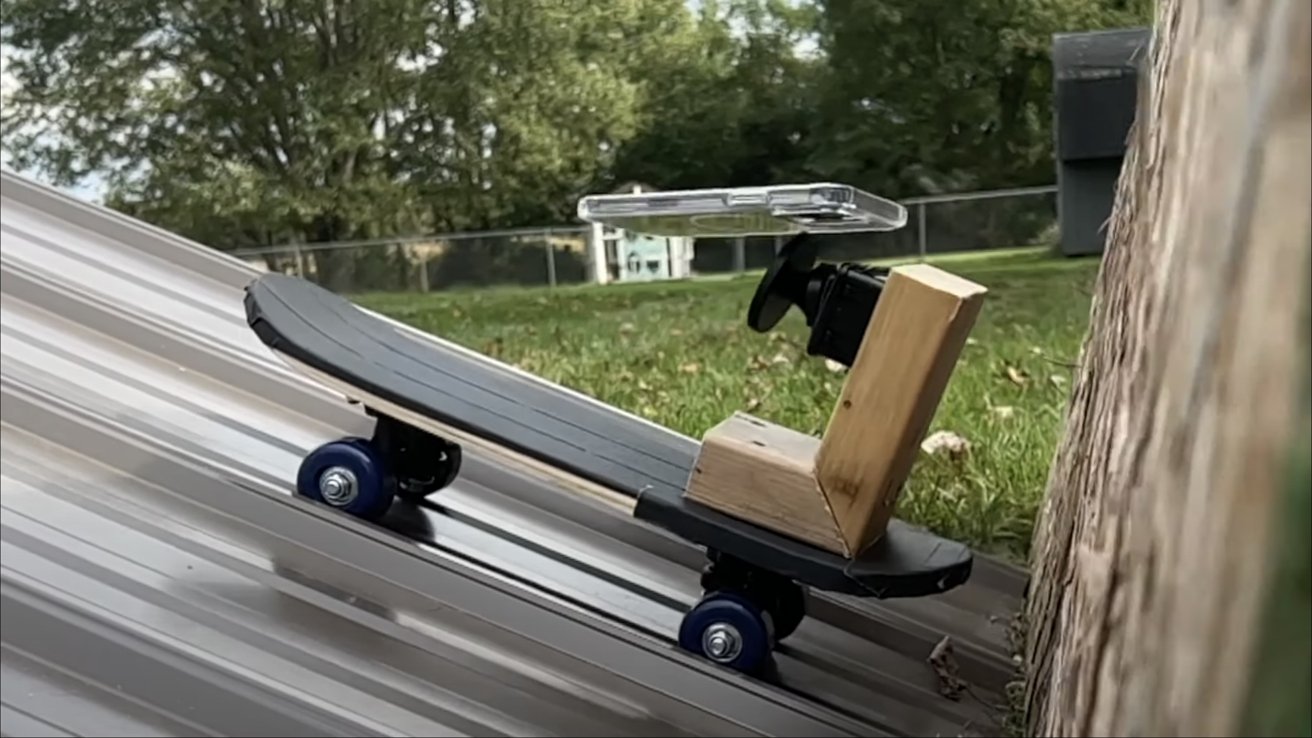
Mophie's Snap mount couldn't hold our iPhone 13 Pro Max in a 10MPH test
Only the Mophie Snap mount let our iPhone fly. You can see it for yourself in our video above as the impact shook our phone free, sending it into the air. Good thing we had that case and screen protector applied.
Evaluating these results is a different matter. Many variables go into whether these same mounts will hold up for you. It depends on your vents, if the mounts had been starting to wiggle free from frequent use, how hard your impact is, what case (if any) that you're using, and more.
With the same phone, same vent, and same impact, we can conclusively say that iOttie, ESR, and Belkin all were stronger and more supportive.
That said, if you look just at crash-free daily use, all four of these will perform nearly identically. Conversely, in a high-speed impact, they will all surely let your phone fall.
They're still just relatively low-strength magnets after all.
Read on AppleInsider

Testing popular MagSafe vent mounts
When editor Mike Wuerthele was in a relatively low-speed crash, his iPhone 11 in a MagSafe case designed to add the feature to the older device sprung free. Given that failure, we decided to test the feature with iPhones that have full MagSafe support, with a series of dashboard MagSafe adapters that clip onto a vent.
For this test, we simulated a low-speed car crash to demonstrate how securely the mounts magnetically hold our iPhone over bumps, hard stops, and minor impacts.
Our testing setup
To run our test, we needed two components.

Our MagSafe vent mount rig
We had to first create a rig that would hold our car vent mounts that we could run down a ramp at controlled speeds. To accomplish this, we attached a replacement car air vent to two pieces of wood that we mounted to a miniature skateboard. It needed to be strong itself to withstand the expected impacts.

Our testing ramp
Our ramp was made from a sheet of metal roofing. Its ridges provided a straight track for our rig so that it would roll down the ramp without veering over an edge or swerving too much side-to-side. It was elevated into the air for a final height of around three feet, giving it an incline of roughly 16 degrees.
The crash stop was a piece of reinforced plywood. It was set perpendicular to the ramp and held in place by sand.
Combining all the information about the assembly, including height, ramp length, ramp angle, and the rig's weight, an approximation of the final velocity at the point of impact can be calculated.
Given the existing setup, the iPhone 13 Pro Max on each of the MagSafe-compatible mounts came to a sudden stop at just under 10 miles per hour.
Our iPhone 13 Pro Max was ensconced in a MagSafe case and had a glass screen protector applied. We also covered the rough grip tape of the skateboard with softer gaff tape.
Participants
Entering our testing arena are four of the most popular MagSafe-compatible car mounts out there. All connect to the vents in your vehicle and offer similar magnetic connections.
Belkin Vent Mount Pro
Belkin's Vent Mount Pro is the only Apple-certified MagSafe car mount. It uses Apple's own MagSafe component, unlike others that had to clone their own magnetic attachment point.

ESR HaloLock
The ESR HaloLock car mount was included in the roundup. This one has an additional arm under it that helps steady the entire mount, clipped to the air vent. It also has a built-in Qi wireless charger to power your phone up while you are driving and running wireless CarPlay.

Mophie Snap mount
Mophie's Snap vent mount was tested which works not only with MagSafe phones but any phone using the company's Snap Adapter as well.

The iOttie Velox
Finally, there is the latest iOttie Velox air vent mount. This one too can charge your phone via the non-removable USB-C cable.
Results
After we ran our tests, we found that three of the four held strong upon impact. Belkin, ESR, and iOttie all refused to let go of our iPhone 13 Pro Max. We tested each of them multiple times and these always kept our phone mounted.
Mophie's Snap mount couldn't hold our iPhone 13 Pro Max in a 10MPH test
Only the Mophie Snap mount let our iPhone fly. You can see it for yourself in our video above as the impact shook our phone free, sending it into the air. Good thing we had that case and screen protector applied.
Evaluating these results is a different matter. Many variables go into whether these same mounts will hold up for you. It depends on your vents, if the mounts had been starting to wiggle free from frequent use, how hard your impact is, what case (if any) that you're using, and more.
With the same phone, same vent, and same impact, we can conclusively say that iOttie, ESR, and Belkin all were stronger and more supportive.
That said, if you look just at crash-free daily use, all four of these will perform nearly identically. Conversely, in a high-speed impact, they will all surely let your phone fall.
They're still just relatively low-strength magnets after all.
Where to buy
The vent mounts we tested are available for purchase at Amazon, with prices starting at $29.99. Pick up the iOttie Charging Vent Mount for $49.95, the Belkin MagSafe Vent Mount Pro for $31.99 (on sale from $39.99), the ESR HaloLock for $36.99, and the Mophie Snap Vent Mount for $29.99.Read on AppleInsider


Comments
Really, the point here is which one is strongest. We put them through the same test to see which one(s) would hold on. It isn't a perfect recreation of a car accident but we can conclusively say which ones are stronger than which other ones.
Hopefully Consumer Reports is able to work up to that level...